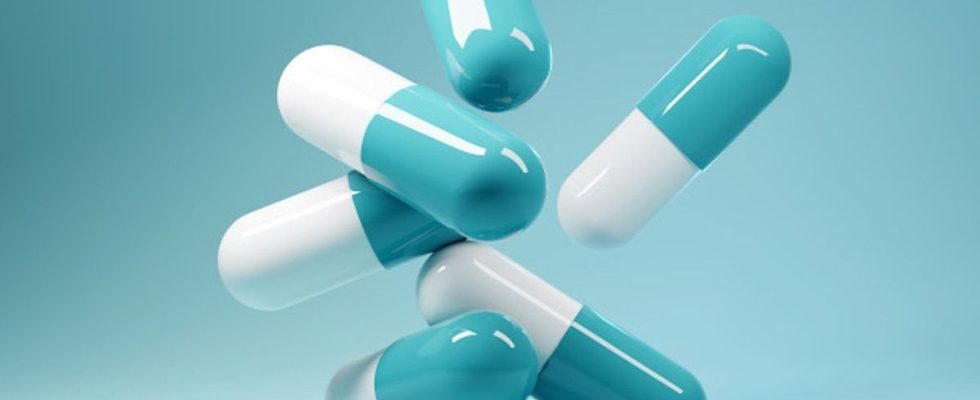Published on
Updated
Reading 2 mins.
Will we one day have to give up a drug that would have a deleterious impact on our environment? Before getting there, the pharmaceutical industry is attacking plastic, a major source of pollution.
A major environmental challenge for the sector, the blister (the small aluminum plate on which the medicines appear, covered with a plastic sheet): it “represents 40% of household pharmaceutical packaging placed on the market in France”according to data from the Adelphe organization, responsible for supporting companies in the recycling of packaging.
Goodbye blister
No recycling channel exists for this type of packaging which combines plastic and aluminium. And in the face of national environmental regulations (Agec law on the end of the marketing of single-use plastics by 2040) and European ones, the lobby of pharmaceutical companies (Leem) announced this week the replacement of blisters by recyclable packaging by 2030.
A commitment that only targets drugs that do not require special packaging precautions for product stability. Besides, “joint research and development work will be initiated to develop paper blisters” by 2040, details Leem in its roadmap for decarbonization and phasing out single-use plastic packaging.
Companies have already taken the plunge: the French giant Sanofi is gradually replacing the PVC blister with cardboard for the packaging of ampoules, vials and syringes, on the flu vaccine production site in Val-de-Reuil (Eure). With the objective of eliminating plastic packaging for all Sanofi vaccines by 2027, i.e. 300 tonnes of PVC each year.
Pens, sensors, aligners
Other initiatives are also multiplying in the collection and circular economy of used medical devices. By 2024, manufacturers will be prohibited from marketing medical devices incorporating microplastics: “This will push for more eco-friendly design to limit waste and pollution,” recently estimated Nathalie Gimenes, specialist in environmental issues in the health sector, during a conference on the proper use of drugs.
For the time being, efforts are mainly focused on insulin injection pens, made of around 60% plastic: four usually competing laboratories – Novo Nordisk, Lilly, Sanofi and Merck – joined forces this spring, for a pilot project in Denmark, to recycle 25% of the 6 million pens they distribute in this country.
“You can’t reuse these pens to make other pens because there are so many different plastics,” says Patrick Emiel, vice-president of economic and public affairs at Novo Nordisk France. They are transformed into chairs or light globes.
The sensors worn on the arm by diabetic patients, to measure their blood sugar continuously, can also be sorted and recycled via a circuit developed by the French subsidiary of the American pharmaceutical company Abbott. The patient keeps the equivalent of a year of use – i.e. 26 used sensors – and sends them in a postage-paid envelope to TN Industrie, in Quesnoy-sur-Deûle (Nord), a company which extracts the metals (silver, copper, zinc). “A solution is being studied for plastic” which forms the shell of the sensor, Abbott told AFP.
In the field of orthodontics, Biotech Dental is the first manufacturer of dental aligners in the world to integrate a recycling unit into its factory in Salon-de-Provence (Bouche-du-Rhône). Its PETG (a type of plastic) aligners are ground up and then made into spools of wire for 3D printing machines.
The company sends shuttles to collect old aligners from practitioners, including those of the competition.
